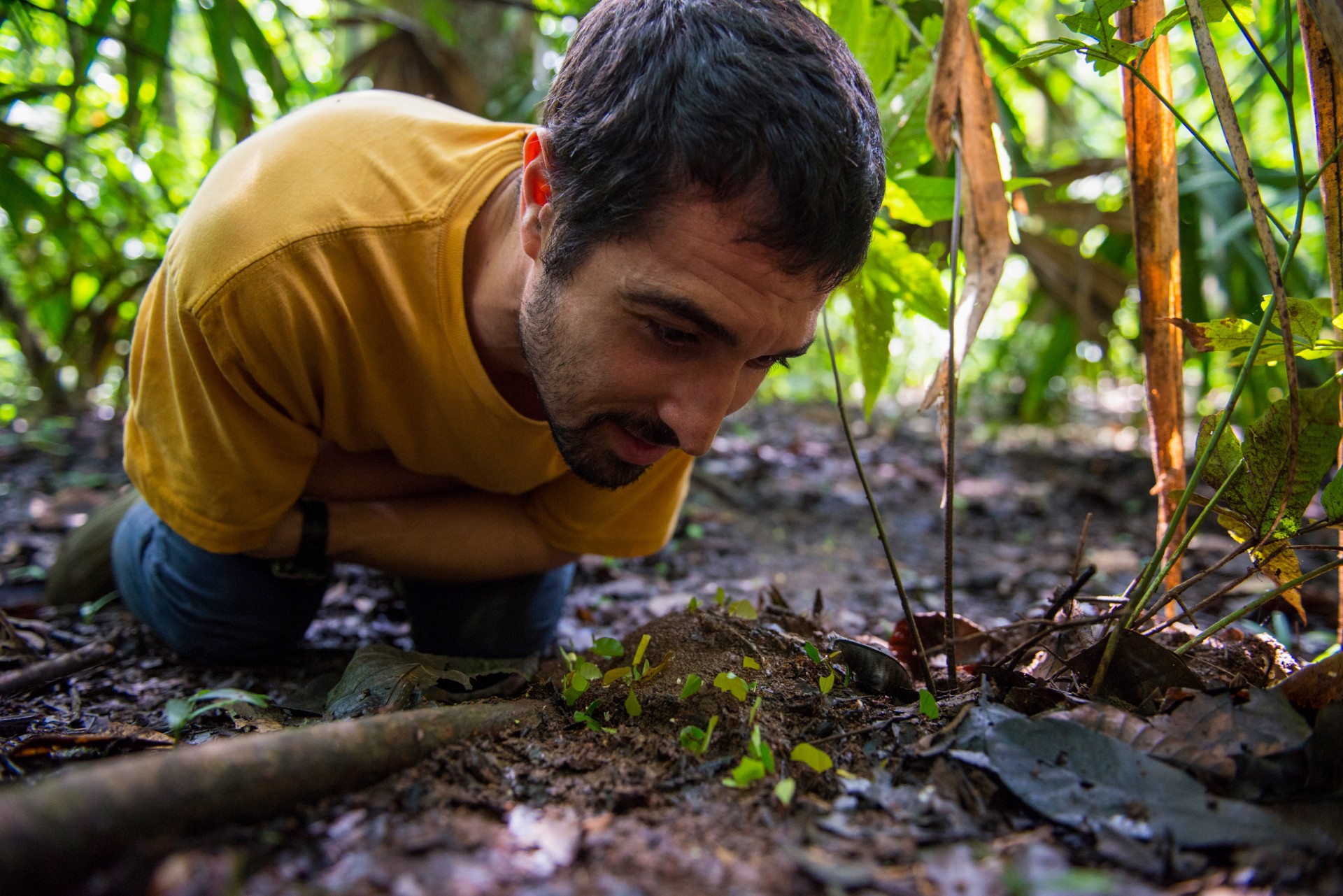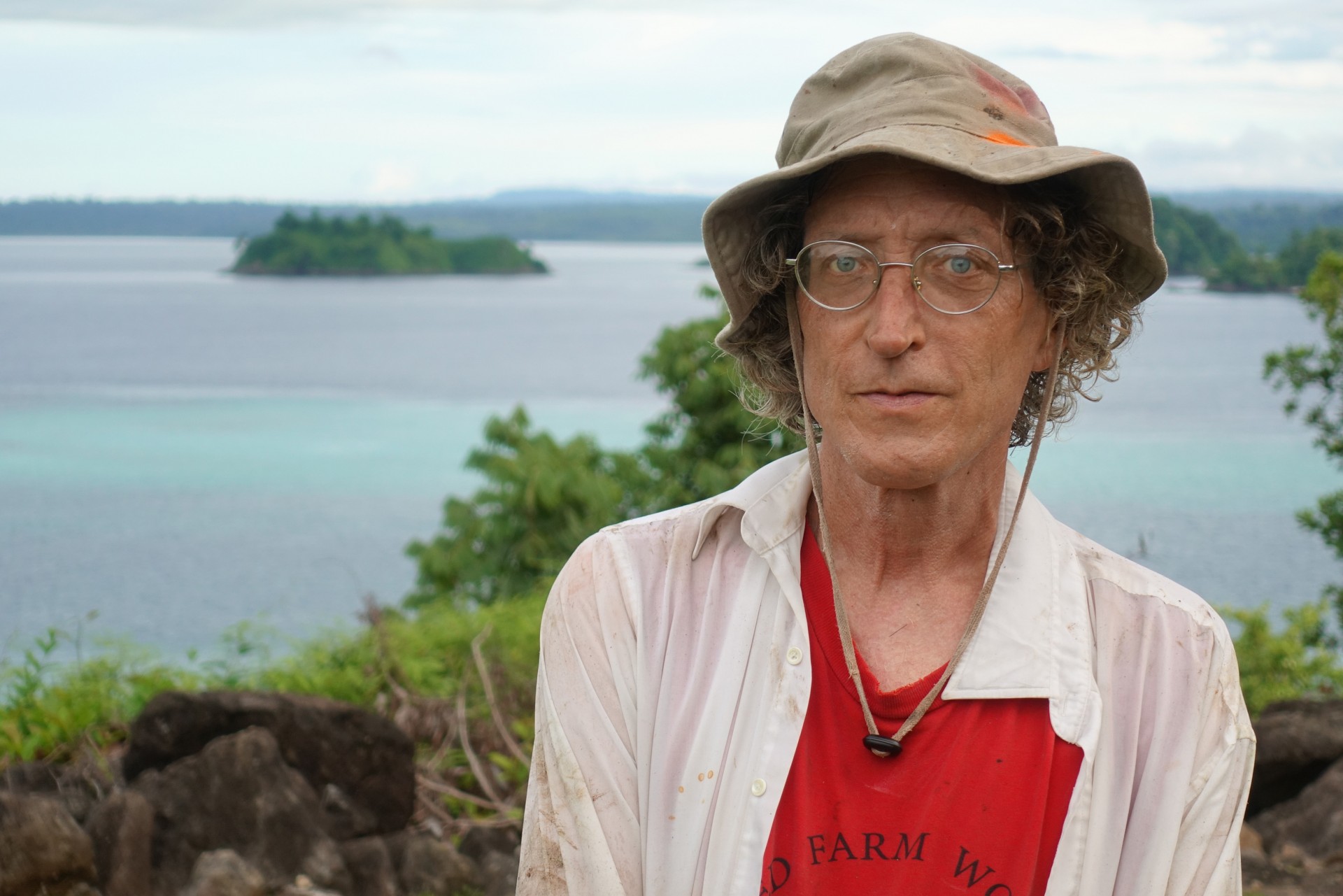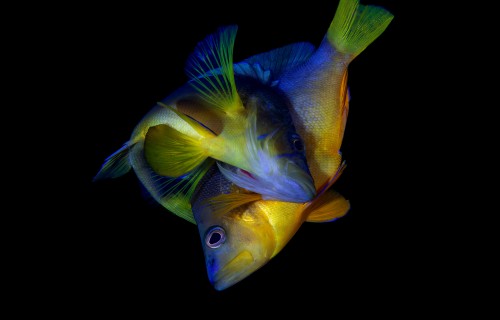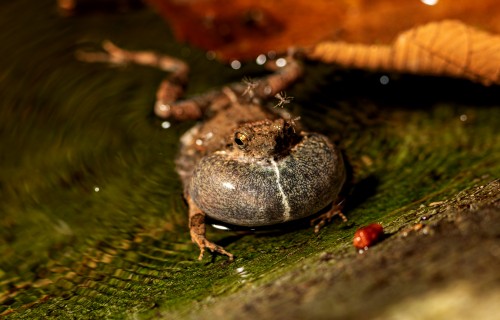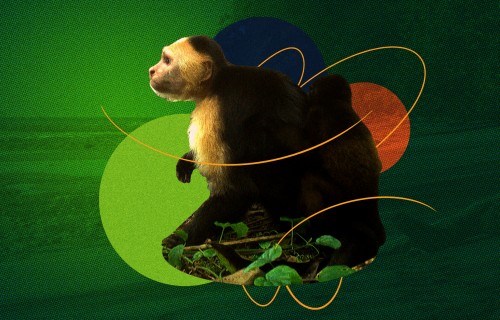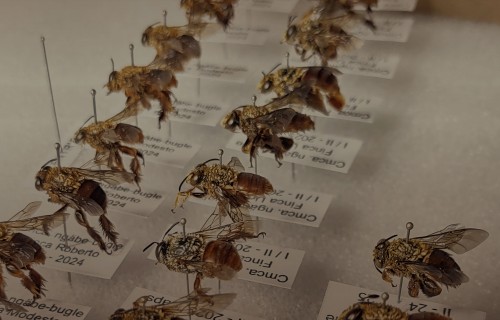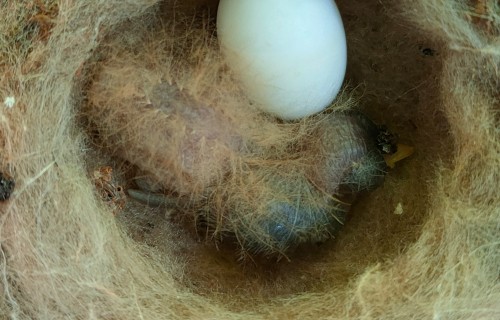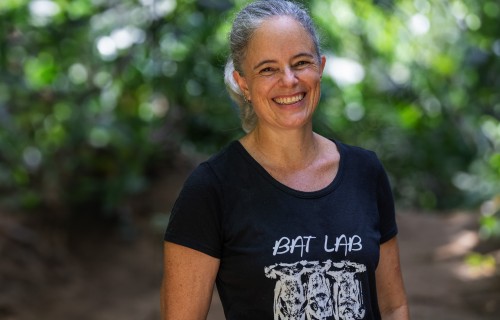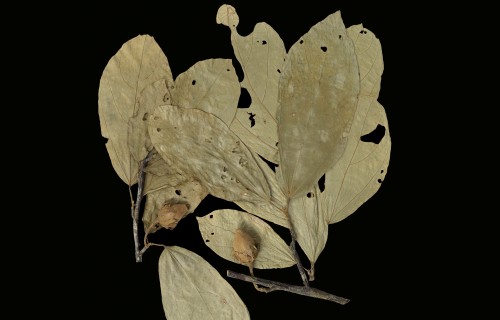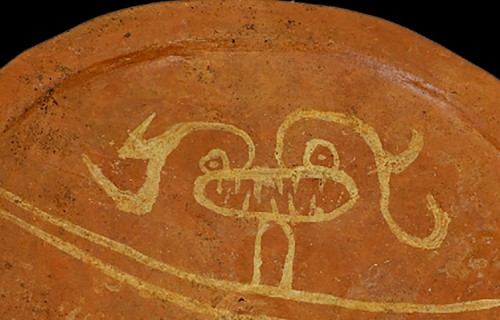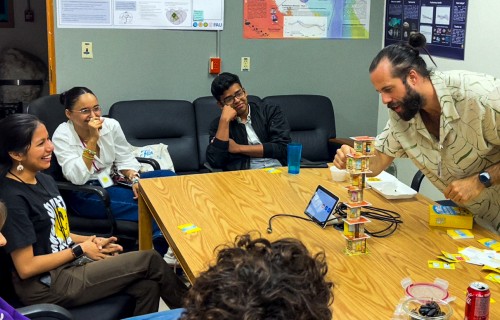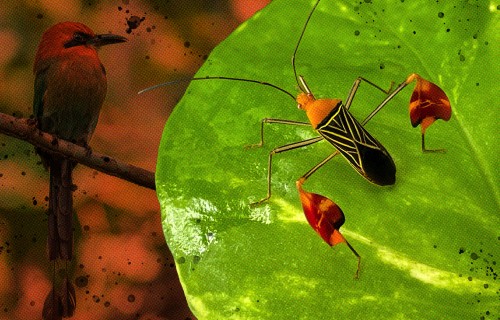A comparison of colorful hamlets
from the Caribbean challenges ideas
about how species arise
Darwinian
Diet
You are what you eat: Evolutionary lessons from agricultural ants in Panama
Panama
Just as contemporary human societies depend on large-scale agriculture, leaf-cutter ants depend on a long, co-evolved relationship with a fungus. As humans, we may share some of the same rules that govern their relationship.
Imagine millions of leafcutter ants on parade through a tropical forest. Driven by a craving mysterious to humans, they suddenly stream up a towering tree trunk. How do they know exactly which species of leaves to cut for their underground fungus garden? The ants do not eat the leaves; they eat the fungus. Researchers at the Smithsonian Tropical Research Institute (STRI) in Panama and the University of Copenhagen (UCPH) in Denmark think that the choices the ants make about what to bring back to the nest may be driven by the nutritional needs of their fungus crop. They present new evidence in the journal Nature Ecology and Evolution showing that fungi become more dependent on the ants to fulfill ever more specific nutritional needs as the partnerships develop.
When the pilgrims landed in America, they learned from indigenous groups to plant corn with dead fish as fertilizer. Compare that system to a huge, industrial cornfield where liquid fertilizer is applied. The modern cornfield produces more corn, but it also requires industrial-scale use of specific nutrients.
STRI research associate, Jon Shik, watches leaf cutter ants march back to their nest, carrying leaf pieces to fertilize their underground fungus garden. Credit: Sean Mattson.
“This is what we see as these ant farmers evolved,” said Jonathan Shik, former post-doctoral fellow in staff scientist’s Bill Wcislo’s lab at STRI and now an assistant professor at UCPH. “Atta ants evolved huge agro-industrial farms. They have giant colonies with millions of workers. But they have miniscule brains and no detectable culture, so the big question is ‘How do they know exactly what their crop needs?’”
Humans first domesticated wild plants about 10,000 years ago. The attine ants are much more experienced farmers: they first domesticated fungi nearly 60 million years ago. Today, a striking diversity of agricultural practices exists among the more than 250 species in this group of ants. All of these evolutionary stages of ant crop domestication can be found in a single 20-square-meter (about 66-square-foot) plot of tropical forest leaf litter in Panama.
“Even the most primitive species of attine ants navigate a complex forest environment,” Shik said. “They walk past many resources to pick up a tiny piece of insect poop that is exactly what they were looking for. They take it back to the nest and use it to grow a fungus.”
The expression ‘You are what you eat’ points to the importance of dietary choices and the trade-offs involved in making these decisions.
“One of the things that drives the human obesity epidemic is that we are hungry for carbohydrates all the time, and we can’t control ourselves when we are around fats and sugars,” Shik said. “But an alternative idea called the ‘protein-leverage hypothesis’ is that humans have an intake target for protein, which is quite high since our ancestors evolved eating a lot more protein than we eat today. We overeat carbs because we’re starved for protein. And we only stop eating when we get enough protein. My ants are also very sensitive to the amount of protein they gather.”
The ancient symbiosis between ants and their fungal crops may provide insight into sustainable human farming systems, according to STRI staff scientist, Bill Wcislo. Credit: Ana Endara, STRI.
Shik and colleagues devised experiments to test whether the ants’ ability to target their crops’ needs changed as they evolved from primitive to advanced fungus farming.
First, they collected attine colonies, isolated the fungal cultivars from these colonies onto petri dishes and performed a series of nutritional experiments. Just as they suspected, the fungi from the nests of more highly co-evolved ants had more specific nutritional needs.
Then Shik and his assistants tested the idea that the ants cater to the nutritional needs of the fungus. They spent time camped out on the forest floor using tweezers to collect the food items that different species of ants were bringing into their nests, to determine their nutritional content.
“As a young Panamanian researcher, this was an incredible experience,” said co-author Ernesto Gomez. “The amount of data taken on these ant species while we lay on the forest floor for more than 100 hours is unprecedented. Another surprise was the appearance of a fungal fruiting body collected from the nest of a primitive fungus-growing ant; it appeared after a petri dish was left in the lab for more than six months.”
Ernesto Gomez spent hours on the forest floor on the lookout for incoming ants in order to find out more about the nutritional value of the fertilizer the ants bring into their fungus gardens. Credit: Jorge Alemán, STRI.
Ants are brilliant at detecting nutrients based on taste receptors in their mouthparts. As a Marie Skłodowska Curie Postdoctoral Fellow with STRI Research Associate and UCPH Professor Jacobus Boomsma in Denmark, Shik and colleagues offered the ants in captive colonies synthetic diets with various mixtures of nutrients. When they offered a mixture that had too much protein and very few carbs, the ants would starve to death to avoid overharvesting protein. Leafcutters are very good at regulating protein intake because protein is often toxic to the fungi. If the ants bring too much protein into the garden, the fungus dies.
“If you force-feed the fungi outside their nutritional requirements, they die,” Shik said. “Human farmers learned exactly what the fundamental nutritional niche of corn is and can target this using specific fertilizers. The ants appear to know the same thing, surviving by satisfying the nutritional needs of their fungus crops.”
Leafcutter ants can harvest a bit more protein than their primitive ancestors. Their fungal cultivar is more robust to fluctuating protein levels. That may allow them to scale up their farms.
Mariana Franco, the lab manager for this project in Panama, is also a school teacher and passionate about science education. In this photo she is with a group of kids from the Chispa! program at Culebra Point Nature Center. Credit: Sean Mattson.
“In parallel to human cultural evolution where farmers and their crops have become increasingly co-dependent, so too have the ants and their fungal cultivar, highlighting the fact that naturally selected farming systems have potential to shed light on principles of nutritional sustainability for culturally evolved human farming,” Wcislo said.
Reference: Shik, J.Z., Kooij, P.W., Donoso, D.A., et al. 2020. Nutritional niches reveal fundamental domestication tradeoffs in fungus-farming ants. Nature Ecology and Evolution doi:
The authors of this study are affiliated with STRI, the University of Copenhagen, Escuela Politécnica Nacional de Ecuador, St. John’s University and the Centre de Recerca Ecològica i Aplicacions Forestals (CREAF), Barcelona.

